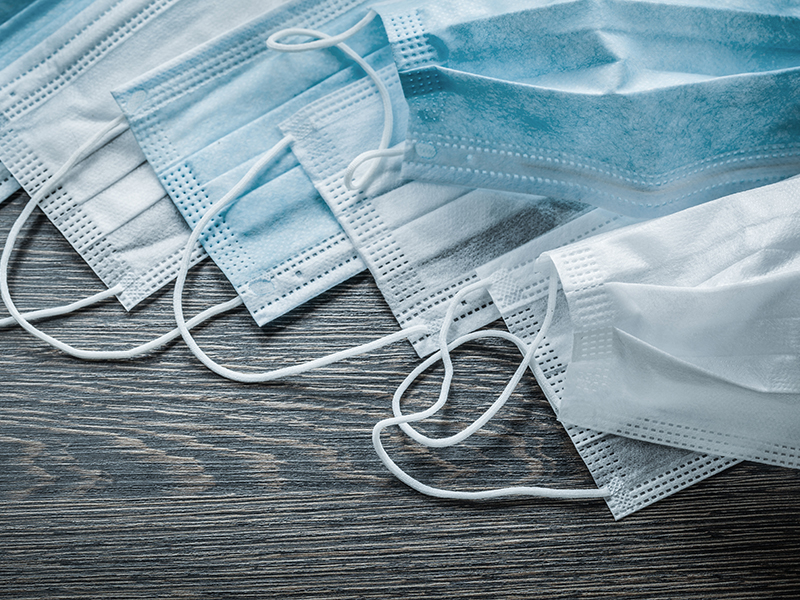
We caught up with Phil Mango, author of Smithers’ new nonwovens report,
The Future of Meltblown Nonwovens Markets to 2028, about the major trends and general outlook for the industry.
Phil Mango has spent almost 40 years in the nonwovens industry, with a wide range of areas of expertise – from applications management for the global leader in nonwoven binders to technology director for the world’s largest airlaid producer. He also founded his own nonwovens company. He entered the consulting field in 2003 and has authored more than 35 reports for Smithers.
What are the benefits of using meltblown nonwovens?
Meltblown has the finest pore structure of any nonwoven, and as such filters out the finest particles. Meltblown nonwovens can be thermostatically charged; they have good thermal and chemical resistance, making them perfect for face masks as they filter out viruses and fuel filtration as they catch the finest particles. Meltblown nonwovens permit vapour transmission but prevent liquid transmission. In terms of medical applications, meltblown is the nonwoven of choice as it provides breathability. Moreover, meltblown is inert to most chemicals (which may be added to the nonwoven), but has excellent liquid retention; it is also a lint free option, and so makes it the obvious choice for clean room wipes.
Supply chain disruption had a huge effect on the nonwovens market, how has this affected the meltblown market?
The onset of the pandemic caused huge expansion in the nonwovens industry as investment was put into line expansion to cope with the increased demand for nonwoven products, notably face masks. This has led to an oversupply problem in the industry, as face masks mandates have subsided and demand has shrunk. Global demand for meltblown material used in face masks is estimated to be at about 22% of the demand we saw globally in 2020-2021. Over the last 12 months lines have closed globally and more plants are running at a reduced rate, compared to numbers seen in 2019.
Where are the growth opportunities for the meltblown market?
As a result of the oversupply problem the industry is currently witnessing, suppliers are looking to diversify their offerings. Moreover, moderating prices are pushing adjacent nonwoven formats to deliberate meltblown for uses previously not considered. Globally, sorbents, filtration (liquid and air/gas), insulation (acoustical and thermal) and wipes are all projected to see good growth in meltblown nonwovens consumption.
What do the next five years look like for the meltblown industry?
Meltblown consumption will recover to its historical annual growth rate, if not slightly above, barring the onset of another pandemic. On-shoring is going to be a trend for the meltblown production in the short term, with volume changes expected to reflect this. Asia will reassume its stance as global leader in terms of meltblown supply in the next five years, as supply and demand settles back to 2019 norms, after a slight drop in demand in 2023, followed by more stable growth through to 2028.

